Guest Post: The Child is Mother of the Woman – Using Archival Clues to Write Picture Book Biographies
Amy Alznauer returns to the blog to discuss new issues in the realm of writing nonfiction for kids, particularly as they pertain to one Flannery O’Connor. You might recall my previous discussion with Ms. Alznauer in the post A Good Old-Fashioned Nonfiction/Informational Fiction Debate. Well, sir, we’ve put our boxing gloves aside and I’m yielding her the floor.
Amy, take it away.
Picture Book Biography as Reconstruction
Or as Wordsworth put it, the child is father of the man.
A key to writing picture book biographies, for me, has always been to search out the adult within the child. This gives the child-reader the most truthful and often most engaging entry-point into lives beyond their own. Rather than asking them to look with awe upon the accomplishments of a genius or innovator who is squarely on the other side of greatness, we instead offer a portrait of someone who is like they are: a child at work, already pursuing their fascinations, already becoming who they will someday be.
ADVERTISEMENT
ADVERTISEMENT
But here’s the problem. Discovering the adult within the child isn’t always easy. Often historical record is scanty at best, especially in the case of figures from marginalized groups and from the group most at issue here: children. So, what are we to do? I will explore this question through my own research into the childhoods of American writer Flannery O’Connor and Indian mathematician Srinivasa Ramanujan.
Toni Morrison talks about doing a kind of literary archaeology, which she thinks is necessary to different degrees in writing both fiction and nonfiction. “On the basis of some information and little bit of guesswork,” she writes, “you journey to a site to see what remains are left behind and to reconstruct the world these remains imply.” The manner and extent of the reconstruction will depend on the subject, the focus, and the amount of historical evidence on record. What follows are a few of my own attempts to journey to a site to see what was left behind and what these remains imply.
Finding Metaphor in the Archives
Flannery O’Connor once wrote a beautiful essay titled King of the Birds, in which she detailed her young search to find the strangest, most stunning bird. “My quest, whatever it was actually for,” she writes, “ended with peacocks.” Her essay is a humorous, adult take on her child self, but it’s still from the adult perspective looking back. What was the girl actually like?
So, I took a trip to the archives, split between Emory University and Georgia College, and to my great delight discovered folder after folder stuffed with her drawings, stories, letters, handmade cards, and handbound books. Goethe once called hand-written letters, “the most beautiful, the most immediate breath of life.” And so, too, are original sketches and writings and little creations. Here the real girl, Mary Flannery, seemed to rise up from the remains and look me in the eye with her level, already wry, already brilliant, gaze.

From her adult letters I discovered many a “humph” and a “dadgum,” those grumpy, Southern phrases she reveled in, which I could now use in dialogue to give her language its characteristic bent. But even more, in her childhood correspondence I found countless statements that were already in keeping with that tone, my favorite: “Do not tuch!” scrawled across an envelope.
I’d already known her self-appointed, childhood title from a biography, but now I knew how often she penned the moniker “Lord Flannery” across story openings and letter closings. I could feel both the self-conscious humor and aspiration in it. And, I found little comics she’d done dramatizing the interactions she had with her parents and other relatives. This one of her mother, father, and herself marching down the street provided not only the dialogue but the feel of a little scene.

But I think the most important reconstruction from my trip to the archives was the development or deepening of the story’s central metaphor. In nonfiction, in order for metaphors to truly resonate, they need to be rooted, like everything else, in sources. This came about through a rather complex piecing together.
First, there were her earliest sketches, so many of them images of flight. When she was only five years old she drew the one pictured here of child in an odd hat flying above the world.
Then I discovered the story she wrote about a girl named Mary Fleming, in which she (like Mary Flannery herself) had to wear corrective shoes. She dubbed these Tarso-Supernator-ProperBuilt shoes, giving a super-power, rocketing-off-the-ground twist to the podiatrist’s term “supinated.”
And finally, there were her birds: the endless sketches of chickens, pheasants, ducks, the photographs of her at three, eight, fifteen surrounded by backyard fowl, and story after story about chickens and geese.

I had already known that her quest to find the strangest, most perfect bird would mirror her quest to write the strangest, most perfect story. But the metaphor wasn’t whole until I saw from this archival piecing together that she would have to become part of this unity, too. Not only her stories and birds would have to merge, but she would become both bird and story. She would fly above the world, both in her own imagination as a little girl, but also in the reader’s imagination, when her life was complete.

Making Metaphor in the Streets
For Ramanujan there was much less evidence from his childhood. No boxes of his creations. Only a few snippets of his words. So, the effort of reconstruction took a different form. Instead of traveling to libraries, I went to India and walked the streets of his boyhood, visited his small house and the large temple just up the road, and spoke with the people who had known the people who had known him. I filled travel journals with notes and tiny cassette tapes with interviews. I took hundreds of photographs.

And then I worked with Tamil scholars and mathematicians to further understand his culture and work. So much came out of this, but I want to focus again on metaphor making, because for me it is so central to the development of story. And again, it was a matter of piecing together many bits until a coherent picture formed.
The central metaphor of small and big takes root in the opening scene of mother and child. In India, I learned of the practice of touching a child’s tongue during Hindu birth rituals. I heard again and again, from amateur devotees of his mathematics, from scholars, from distant family members, of Ramanujan’s faith in the goddess Namagiri and how he believed she placed her thoughts on his tongue. And I learned that one of the iconic images of South Indian motherhood is a mother wrapping her infant in a sari and pointing up to show him the moon and stars. So, what opens the story is an image of a small child, his tiny mouth, and the vast night sky.

ADVERTISEMENT
ADVERTISEMENT
Then, in the family record, someone recorded two of his earliest questions – “Who was the first man in the world?” and “How far is it between clouds?” These are both questions of small and big. But very soon these questions gave way to questions about numbers. And yet it was still the same boy asking these questions. They were still coming from the same, singular, human mind. Furthermore, the number questions that obsessed him often revolved around the infinitesimally small and the infinitely big. And throughout his life, Ramanujan spoke frequently about not just the mathematical properties of numbers but their theological implications too. He associated 0 with nothingness, 1 with the unity of God, ∞ with the manifestations of God, and on and on. When friends recalled their conversations with him, they were almost always of this numerological form.
The small and big of that opening scene now merged with his dawning mathematical and spiritual awareness. I needed a way to capture all of this – those early questions, that belief in the large inspiration of the goddess, the association of numbers and spiritual truths. So, the core questions and metaphor of my story were born from these remains: What is small? He wonders. What is big?
The story that emerges from a journey to a site of memory will depend in part on the person who journeys there. But any reconstruction must be deeply and authentically tethered to the real remains. And remember, if you are on such a journey, that the child you seek is not some stranger cut off from their eventual self, but a person who is already becoming who they will someday be and is in the deepest sense already there.
The archival images are by permission from:
- Special Collections, Russell Library, Georgia College & State University, Milledgeville, Georgia.
- Flannery O’Connor papers, Stuart A. Rose Manuscript, Archives, & Rare Book Library, Emory University.
Amy Alznauer’s writing has won the Annie Dillard Award for Creative Nonfiction and the Christopher Award. She is also the author of: The Strange Birds of Flannery O’Connor (Enchanted Lion Books, 2020), The Boy Who Dreamed of Infinity (Candlewick, 2020), and Flying Paintings, The Zhou Brothers: A Story of Revolution and Art (Candlewick, 2020). Amy teaches mathematics at Northwestern University and lives and writes in Chicago. Find Amy and her children’s books at www.amyalz.com.
Filed under: Guest Posts
About Betsy Bird
Betsy Bird is currently the Collection Development Manager of the Evanston Public Library system and a former Materials Specialist for New York Public Library. She has served on Newbery, written for Horn Book, and has done other lovely little things that she'd love to tell you about but that she's sure you'd find more interesting to hear of in person. Her opinions are her own and do not reflect those of EPL, SLJ, or any of the other acronyms you might be able to name. Follow her on Twitter: @fuseeight.
ADVERTISEMENT
ADVERTISEMENT
SLJ Blog Network
One Star Review, Guess Who? (#202)
More Geronimo Stilton Graphic Novels Coming from Papercutz | News
Parsing Religion in Public Schools
Environmental Mystery for Middle Grade Readers, a guest post by Rae Chalmers
ADVERTISEMENT



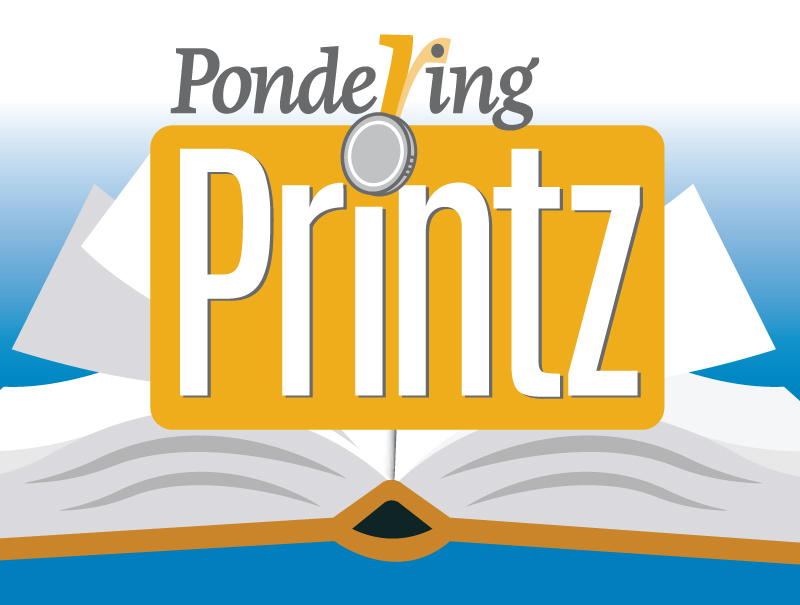
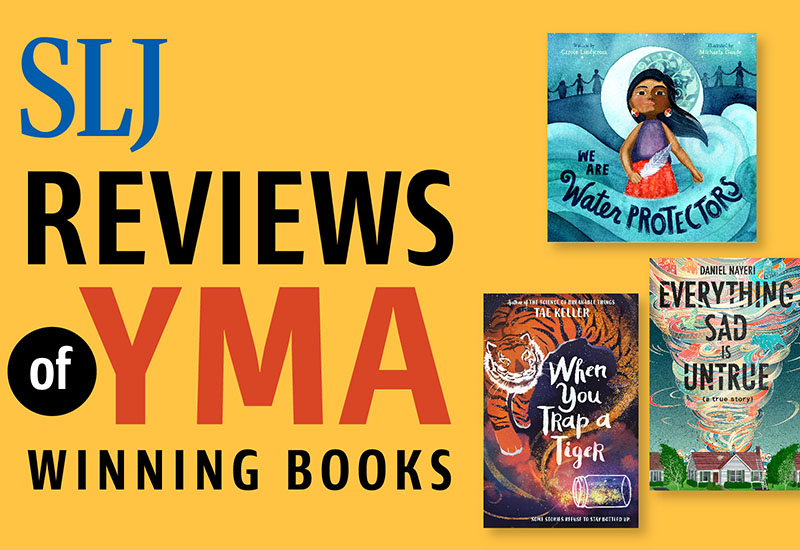
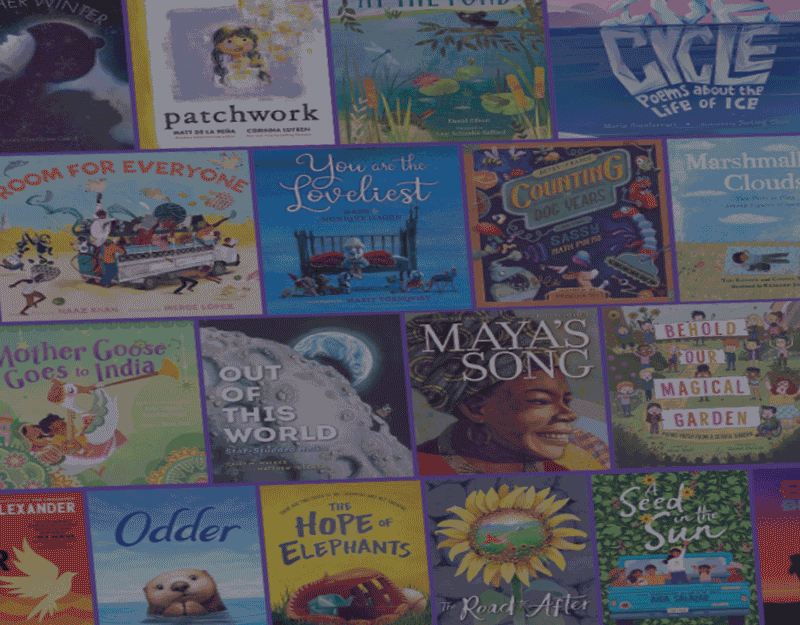
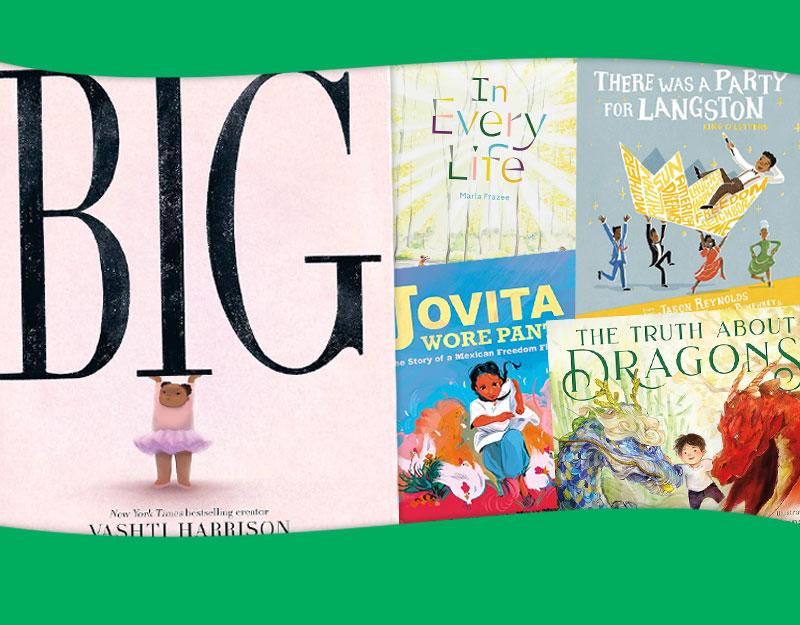
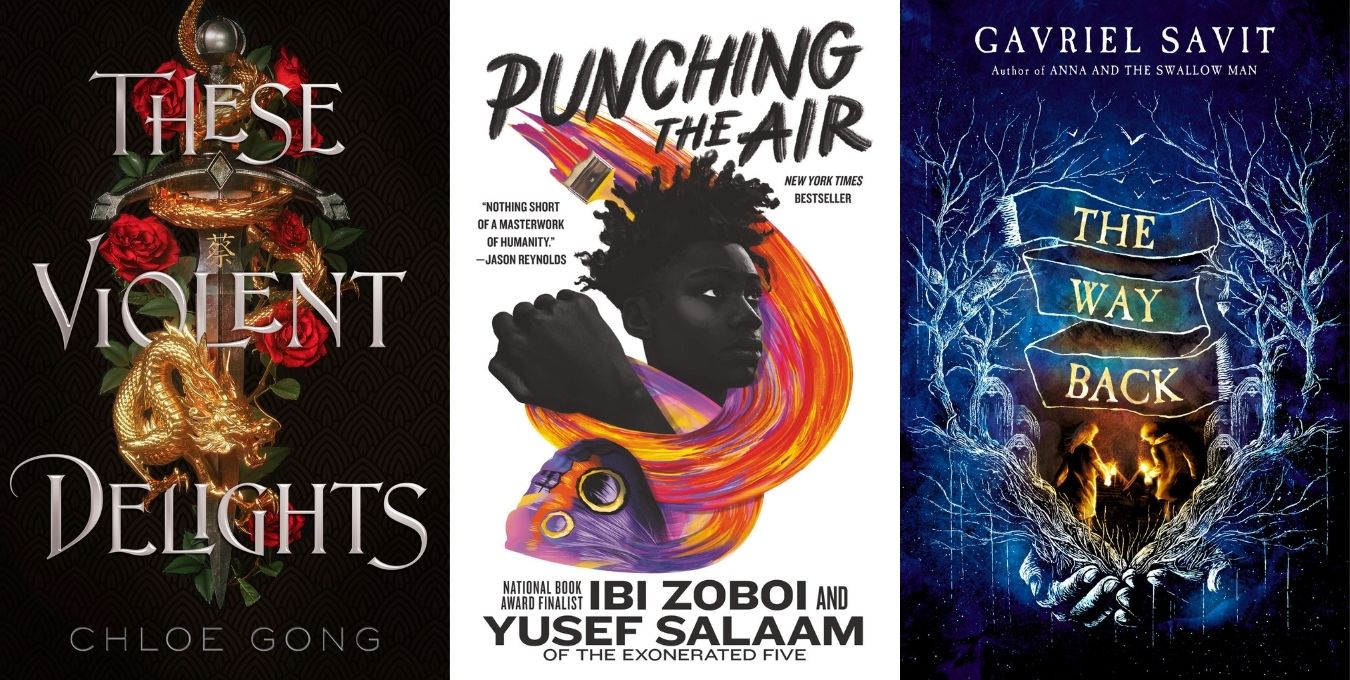
Thanks for this post, and for your previous discussion. It’s great to read informed, serious pieces, about the challenges of writing authentic biographies for children. You have really raised as many questions as you answered. Many people may read biographies for kids and not think about the process of how they were created.